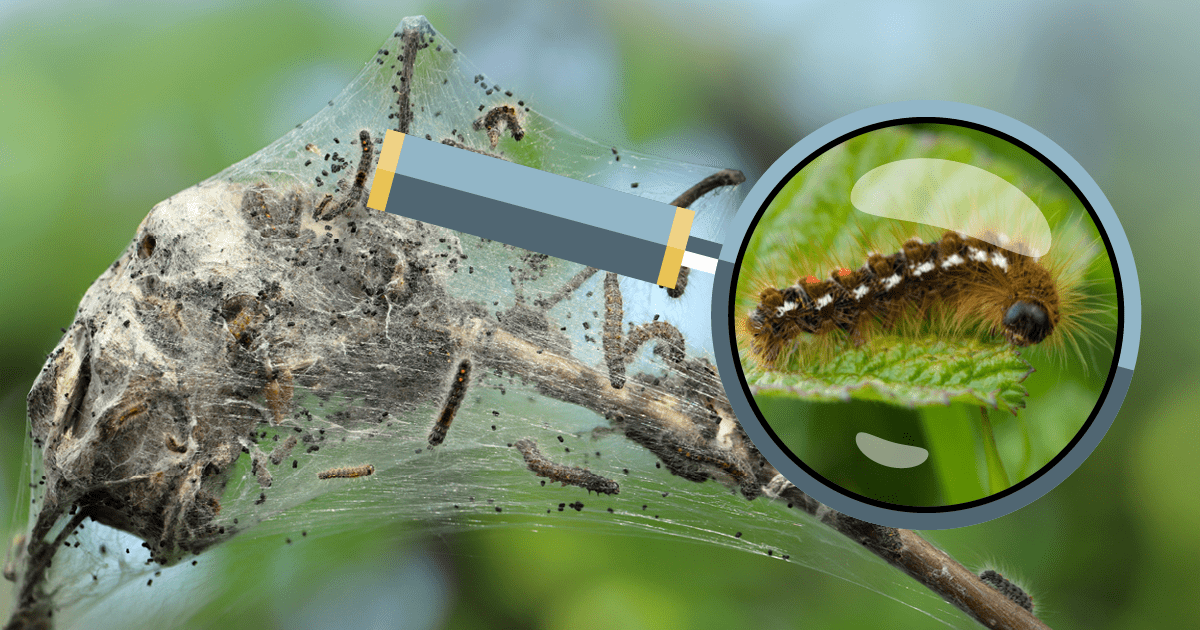by rachael | Aug 8, 2022 | Nutrition
Heart disease is the leading cause of death in the United States, according to the Centers for Disease Control and Prevention (CDC). In 2020, 696,962 Americans died from heart disease. A major risk factor? High blood cholesterol. This September, we’re celebrating...

by rachael | Jul 1, 2022 | Nutrition
The health benefits of eating fresh fruits and vegetables daily are undisputed. They contain a terrific supply of vitamins, minerals, and fiber; they are generally low-calorie and low-fat food sources; they help you maintain good health and weight; they supply...

by rachael | Jun 1, 2022 | Awareness, Events, Nutrition
Fresh, unprocessed, whole foods are great sources of vitamins, minerals, and other beneficial nutrients your body needs—think vegetables straight from the garden, hand-picked fruit, and locally raised meat and dairy products. Fortunately in Maine, there are many ways...

by rachael | May 17, 2022 | Awareness, Physical Health
Browntail moths are an invasive species in Maine that not only defoliate trees—they can cause a painful, poison-ivy like rash and respiratory issues in humans. If you’re unfortunate enough to come in airborne or direct contact with toxic hairs from the browntail moth...

by rachael | May 11, 2022 | Emotional Health, Mental Health, Physical Health
Gardening is good for you. So good in fact, it: Exercises your mind and body. Planning, preparing, planting, and tending to a garden gets you thinking and moving. Builds self-esteem. When you learn to grow plants, you learn an important life skill and accomplish...
by kayla | May 9, 2022 | News + Announcements
Josie Poulin, AANPCB, and Sheila Hospidales, FNP, join DFD in Leeds and Monmouth. DFD Russell Medical Centers (DFD) is pleased to announce the addition of two board-certified Family Nurse Practitioners, Josephine “Josie” Poulin, AANPCB, to the Leeds location and...

by rachael | Apr 15, 2022 | Physical Health
Walking is a healthy habit that’s free and easy to fit into your day. Every step you take burns calories, strengthens your heart, eases joint pain, improves sleep, and boosts your immune system, your mood, and your energy. Walking may even prolong your life. So...
by kayla | Apr 10, 2022 | News + Announcements
DFD Russell Medical Centers (DFD) is pleased to announce the addition of board-certified adult-gerontology nurse practitioner Bridget Ross-Fitzgibbons, AGNP-C, to the DFD team. Bridget practices a comprehensive style of healthcare, partnering with her patients to...
by kayla | Apr 10, 2022 | News + Announcements
Jennifer L. Michaud, FNP-BC, Trisha Gushue, DO, and Bridget Ross-Fitzgibbons, AGNP-C, Join DFD Russell’s Bridgton location. DFD Russell Medical Centers (DFD) is pleased to announce the addition of three new staff members to the DFD team in Bridgton: board-certified...
by kayla | Mar 17, 2022 | News + Announcements
Trisha Gushue, DO, joined DFD Russell Medical Centers’ Bridgton location in February 2022. She spent her undergraduate years at Colby Sawyer College and went to medical school at University of New England College of Osteopathic Medicine where she received her...





